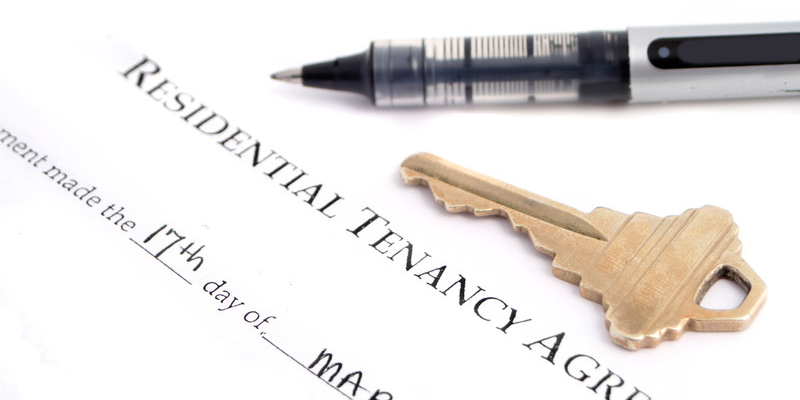
Residential Eviction Help for Landlord
$898 Base Rate Residential Evictions*
Residential Eviction Process in California
Most California unlawful detainer proceedings are filed by the landlord because the residential tenant has failed to pay the rent. No matter what the reason, before a landlord can file an unlawful detainer complaint to evict a residential tenant, the tenant must be property served with a notice. The notice must be provided in writing and a landlord must follow strict procedures to legally obtain possession of the premises.
What are some reasons I can evict a residential tenant?
The state of California recognizes a number of reasons for an eviction, including:
- Failure to pay rent
- Damage to the property
- Violating terms of the rental contract
- Remaining on the property after the lease is up
- Illegal uses of the property including drug use, production, or sales
- Being a nuisance to other tenants
- The end of a month-to-month tenancy
- The property being sold
In most cities, the landlord can also evict the residential tenant:
- If the tenant stays after the lease is up, or
- If the landlord cancels the rental agreement by giving property notice.
The type of situation will determine the type of notice required to be given to the tenant. In California, when rent is unpaid, a 3 Day Notice to Pay or Quit can be provided to the tenant. In situations when the tenant has paid the rent but the landlord wants the tenant to move, a 30 Day Notice to Vacate is required. Tenancies over one year require a 60 Day Notice to Vacate.
The eviction process can be a frustrating and time consuming. While tenants do have certain rights when it comes to eviction process, it’s still frustrating for a landlord who wants possession of his or her property back. Filing the right paperwork early on is a critical part of making the process go as quickly and smoothly as possible. You can trust our unlawful detainer assistant team to help make sure you get the wheels of justice spinning in your favor.
*Flat Rate Prices are quoted for our services and do not include the Court Filing Fee’s and Outside Costs.
What’s included in our rate for residential evictions:
- Initial Notice
- Arrangement of Service of the Notice
- Summons and Unlawful Detainer Complaint Lawsuit
- Arrangement of Service to the Tenant(s) of the Lawsuit
- Clerk’s Default and Judgment for Possession
- Request or Counter Request for Court Trial, if necessary
- Judgment for Possession of Premises
- Submission of documents/forms for court filing
- Phone Calls to Court
Issues that can occur during a residential eviction
Not each eviction case is as straightforward as it appears, there are unexpected things that could occur throughout your case to draw it out. Not to worry, Evictions & Judgments team is prepared and experienced in handling any conceivable events.
We have seen tenants try to evade eviction by:
- evade service of the lawsuit
In the event that you tenant(s) is deliberately evading personal service of the filed unlawful detainer lawsuit, after three to five personal attempts made by the Process Server we would need to ask for a Posting Order from the Court. This would permit us to serve the Tenant by posting the filed lawsuit at the property and mailing a second duplicated to the address where posting was made. This gives the tenant 15 days to file an Answer with the Court.
- File a demurrer
- file a motion to stay
- file a motion to quash service
- file a motion to strike
Will my eviction case be dragged out?
Keep in mind that 75% of our cases are UNCONTESTED. This means that the tenant(s) do not file any type of legal documents, such as an Answer to the Complaint, a motion or any objections, with the courthouse. This is great news because the case will proceed by default and no court appearance or additional fees will be incurred by you to finalize the unlawful detainer lawsuit.
